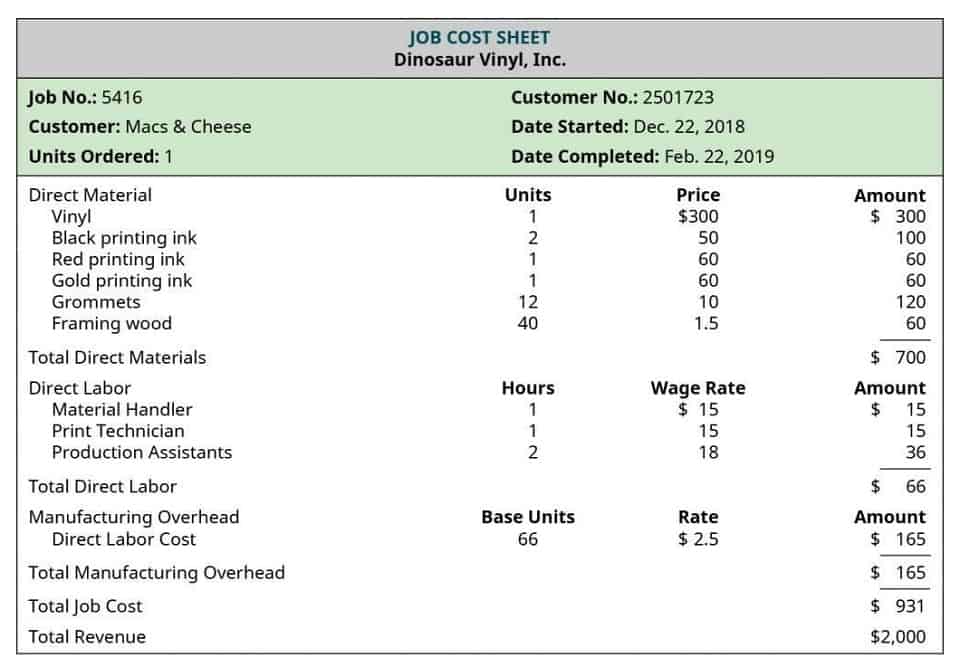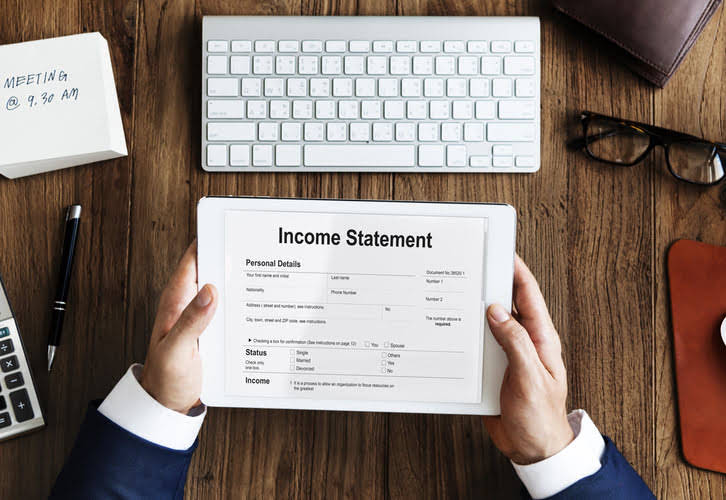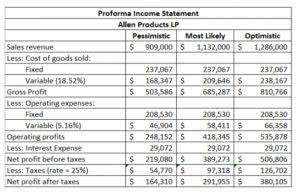
These funds are also held in reserve to reinvest back into the company through purchases of fixed assets or to pay down debt. Retained earnings accumulate all profits and losses from when a company starts operating. However, it also deducts dividends from those amounts before reporting them on the balance sheet. Essentially, these include the distribution of income for a period to shareholders. The retained earnings (or retention) ratio refers to the amount of earnings retained by the company compared to the amount paid to shareholders in dividends.

Step 1 of 3

Invest the money in expanding the business, like increasing production capacity or are retained earnings a current liability hiring more salespeople. If significant capital investments are anticipated, retaining earnings to cover these costs can be more advantageous than external financing. Businesses use this equity to fund expensive asset purchases, add a product line, or buy a competitor. Retained earnings refer to any of an organization’s profits that it keeps for internal use.

Importance of Retained Earnings for Small Businesses
Learn the fundamentals of https://www.instagram.com/bookstime_inc small business accounting, and set your financials up for success. Learn what outsourced accounting involves, its advantages, and whether or not it’s right for you. Are you unsure what this earning number represents and how to calculate it?
- Retained earnings refer to the portion of a company’s net income or profits that it retains and reinvests in the business instead of paying out as dividends to shareholders.
- The money that’s left after you’ve paid your shareholders is held onto (or “retained”) by the business.
- But with an effective budget, you can prepare for the dips by making the most of your peaks.
- Retained earnings may be used to acquire new assets, pay off debts, or finance operations.
- If the company had not retained this money and instead taken an interest-bearing loan, the value generated would have been less due to the outgoing interest payment.
- For an example, let’s look at a hypothetical hair product company that makes $15 million in sales revenue.
Ask a Financial Professional Any Question

Retained earnings provide a much clearer picture of your business’ financial health than net income can. If a potential investor is looking at your books, they’re most likely interested in your retained earnings. Your retained earnings account on January 1, 2020 will read $0, because you have https://www.bookstime.com/ no earnings to retain. Retained earnings are like a running tally of how much profit your company has managed to hold onto since it was founded. They go up whenever your company earns a profit, and down every time you withdraw some of those profits in the form of dividend payouts.
Step 3 of 3

Retained earnings, at their core, are the portion of a company’s net income that remains after all dividends and distributions to shareholders are paid out. As the money is retained by the company, and is considered to be a part of the company’s equity, it is generally classified as an asset rather than a liability. Furthermore, the retained earnings are available for use in future years without the need for additional financing. In this case, some people may confuse retained earnings for liabilities.
- As a result, any items that drive net income higher or push it lower will ultimately affect retained earnings.
- Also, mistakes corrected in the same year they occur are not prior period adjustments.
- Retained earnings also act as an internal source of finance for most companies.
- Even repaying debt affects the company’s accounts by saving future interest payments, making it part of retained earnings.
- While you can use retained earnings to buy assets, they aren’t an asset.
